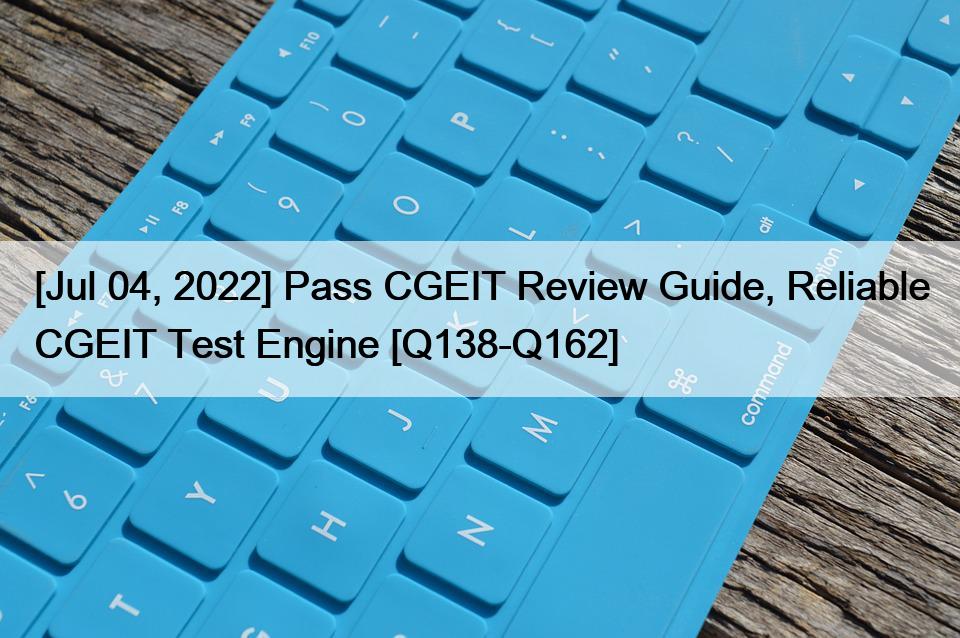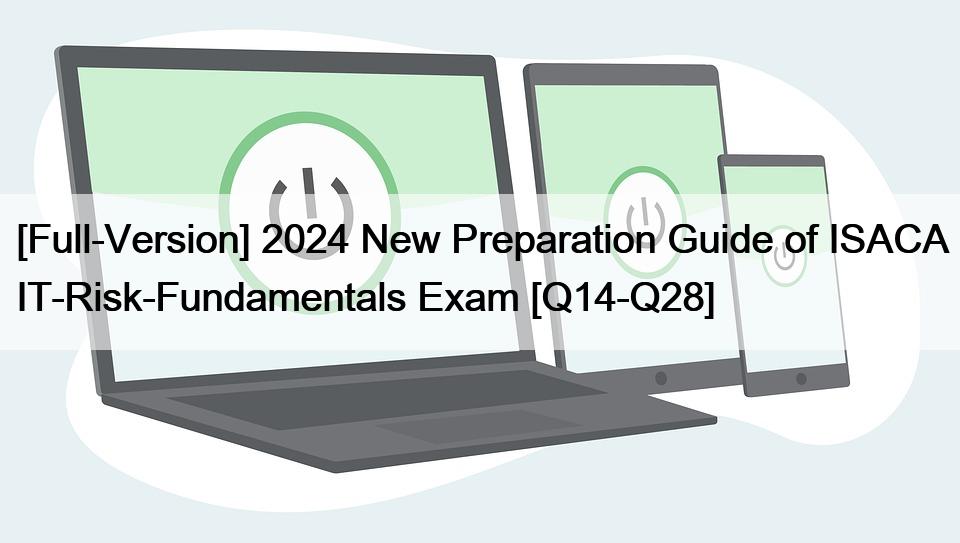The New CISA 2022 Updated Verified Study Guides & Best Courses
Authentic CISA Exam Dumps PDF – 2022 Updated
ISACA CISA Exam Syllabus Topics:
| Topic | Details | Weights |
|---|---|---|
| INFORMATION SYSTEMS OPERATIONS AND BUSINESS RESILIENCE | – Domains 3 and 4 offer proof not only of your competency in IT controls, but also your understanding of how IT relates to business.
A. Information Systems Operations
B. Business Resilience
|
23% |
| INFORMATION SYSTEMS AUDITING PROCESS | – Providing audit services in accordance with standards to assist organizations in protecting and controlling information systems. Domain 1 affirms your credibility to offer conclusions on the state of an organization’s IS/IT security, risk and control solutions.
A. Planning
B. Execution
|
21% |
| Protection of Information Assets | – Cybersecurity now touches virtually every information systems role, and understanding its principles, best practices and pitfalls is a major focus within Domain 5.
A. Information Asset Security and Control
B. Security Event Management
-Supporting Tasks
|
27% |
ISACA Certified CISA Salary
Salary for ISACA Certified CISA is different for different jobs titles and experience. Salaries for different jobs title is as follows:
- Internal Audit Director 124,000 – 192,000 USD
- Internal Audit Manager 96,000- 134,000 USD
- Information Technology Auditor USD 63,000 – 97,000 USD
- Information Technology Manager 105,000 – 149,000 USD
- Senior Information Security Auditor 85,000 – 116,000 USD
Get Prepared for Your CISA Exam With Actual 500 Questions: https://www.real4dumps.com/CISA_examcollection.html


